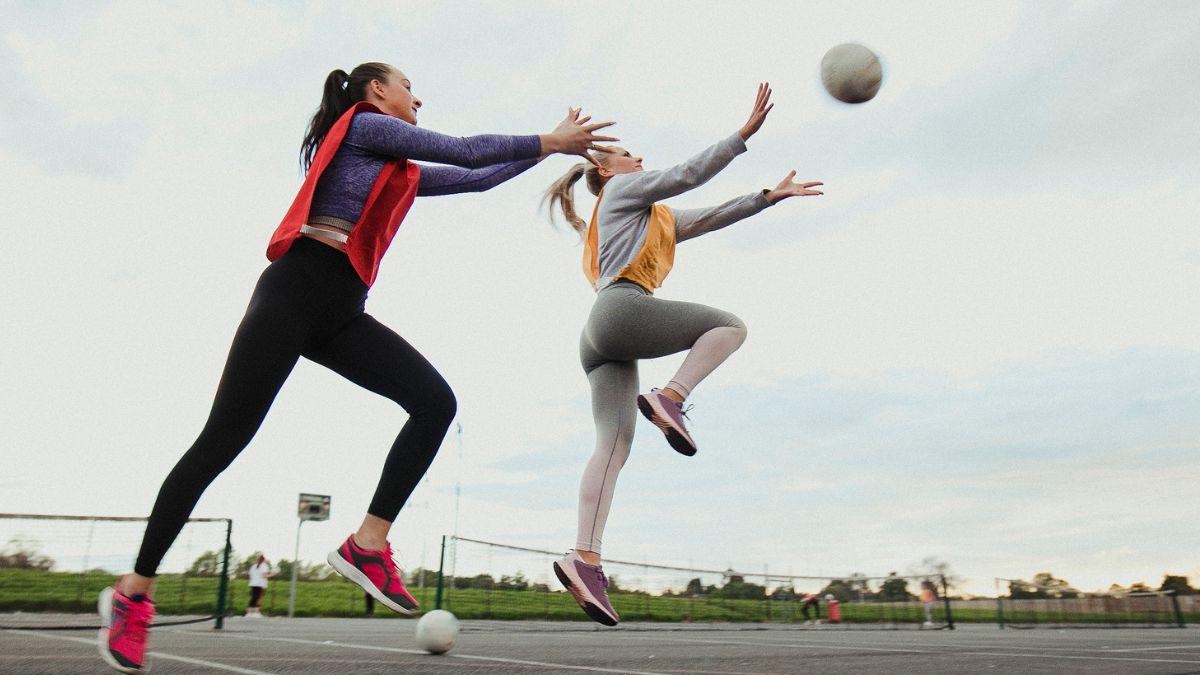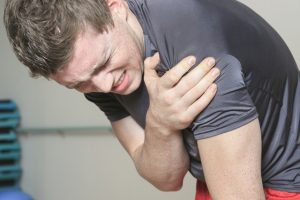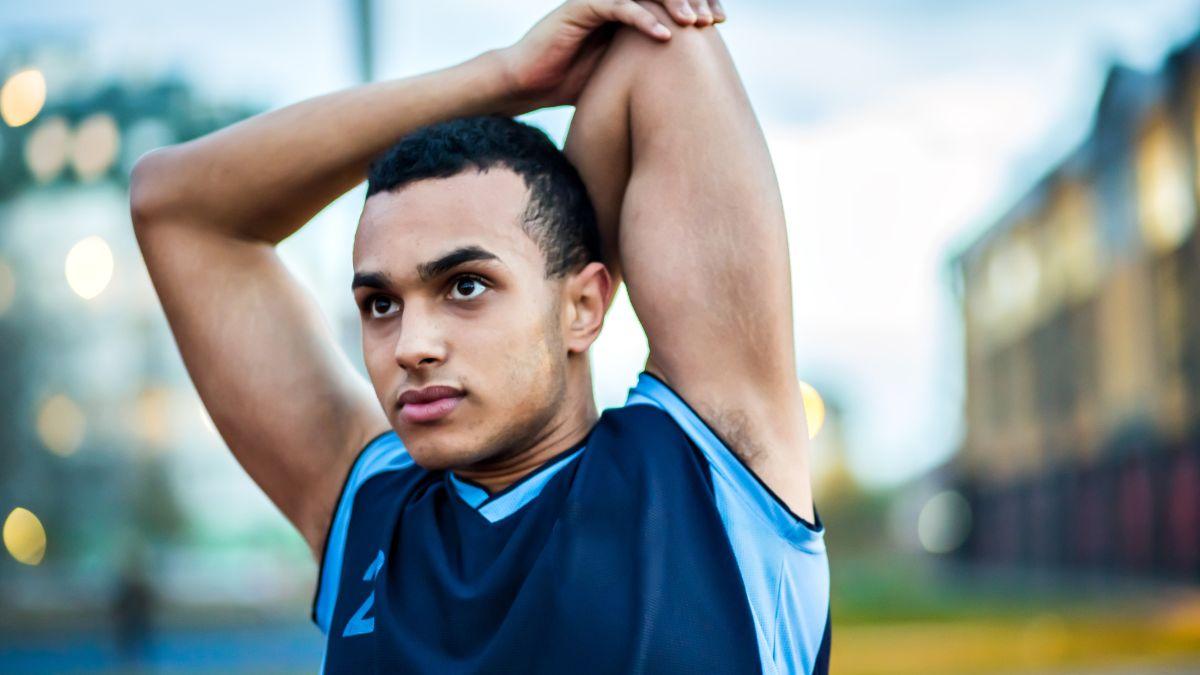Pre-season strength and conditioning programs prepare athletes for their grueling upcoming season and are also used to assist with injury prevention.
Many sports are “Seasonal sports” and are not played all year round, which means that athletes will not be competing for a period during the off-season. As such, this places unprepared athletes (especially the weekend warrior or social competition player) at a higher risk of sustaining an injury during the season, as muscle strength, endurance and conditioning has declined during the period they weren’t training or competing. A sudden spike in load or competition without adequate conditioning will place high demands on the body that it is not capable of handling.
Or, are you about to start gym training and perhaps haven’t been in a while?
If so READ ON, this article will be very important to help reduce your risk of injury….

In preparation for returning to activity or a specific sporting season, it is important to re-introduce sport specific training as well as ensure a solid base of cardiovascular fitness, agility and strength training. Preparation before returning to social, competitive and regular competition is vital to avoid injuries throughout the competitive season and during activity.
Do certain sports have a higher risk of certain injuries?
Unfortunately, certain sports can make athletes more susceptible to specific injuries. These are highlighted in the table below. Fortunately, by knowing the sport and analysing the “at risk” movement patterns, appropriate training programs can be tailored to individuals to help them prevent injury but also improve performance.
| Sport | Common Injuries | |
|---|---|---|
| Rugby/Soccer/AFL | Meniscus, ACL, groin/hamstring/calf tear, Shoulder dislocation | |
| Netball/Basketball | Ankle sprains, ACL | |
| Running | R Knee/ankle tendinopathies, stress fractures, shin splints | |
| Tennis/Baseball | Rotator Cuff tear/tendinopathy, tennis/golfers’ elbow | |
| Cricket | Spinal stress fractures, abdominal strains, Rotator cuff tendinopathy | |
| Dancing | Ankle/hip impingements, stress fractures | |
| Gym Training | Back injuries, Shoulder tear/tendinopathy, Knee tendinopathies, meniscal tears | |

Common Causes of Injury
- Asymmetries are often a precursor to injury
- A sudden spike in load (training load or game play)
- Gender based risks e.g. Females – risk ACL
- Sport specific injury risks (see above)
- Inadequate aerobic fitness
- Poor technique & biomechanics
Hot tips to avoid Injury during Pre-season or When commencing Activity
1. Pace your activity – start moderately to slowly!
Too many people just jump into training. They turn up to the gym or the park and go hammer and tongs thinking they will get results fast. Unfortunately, this is not the case. It often leads to injury as your body wasn’t ready for that level of training or you might experience DOMS (Delayed Onset Muscle Soreness – you know that soreness you get after starting a new activity) and you are sore for days not able to back up the next training session. Often people will train whilst experiencing DOMS, further placing themselves at risk of injury as DOMs can be a warning sign that your muscles are near their limits!

2. Monitor Load
The concept of “load” effectively describes how much your muscles can handle/tolerate the demands that your body places on them via activity. Injury occurs when load exceeds the ability of the tissue to adapt (i.e. when load is greater than load capacity).
Training load needs to be monitored – if you underload or don’t stress your muscles enough, then you won’t get the desired response of increased muscle capacity or tolerance to certain activities. Conversely if you overload your muscles and don’t allow adequate recovery then injury can occur as the muscles, tendons or joints can’t cope with demands that your body is placing on them.
By monitoring your load and training smart, you get fitter, stronger and faster without injury!
3. Recovery is critical
Recovery is important when training. The Recovery Principle dictates that athletes need adequate time to recuperate from training and competition. It is widely acknowledged that an athlete’s ability to recover from workouts is just as important as the workout itself.
It is during rest periods that our bodies adapt to the stress placed upon them during intense workout sessions and competitions. Recovery is also important between sets of weights or whilst doing high intensity training like sprinting. Each type of exercise requires a different amount of recovery, thus needs to be guided individually.
Active recovery after intense training (doing a warm down) is generally recommended and can reduce lactic acid build up and the effects of DOMS. Things such as sleep, adequate nutrition, and healthy lifestyle habits after intensive training periods are critical in improving recovery times and optimising the effects of training.

4. Know what it is that you need to train
Resistance training is helpful to enhance muscular strength, improve biomechanics and address any muscles imbalances that may affect dynamic movements in many sports. Agility and plyometric training are great for sports involving change of direction or sudden changes in velocity of movement. Cardiovascular training is helpful to increase oxygen delivery to working muscles which overall increases aerobic capacity as most injuries occur when an athlete is fatigued.
It is important that you receive guidance as to what you need exactly. Our Physiotherapists can provide advice and implement pre-season strength and conditioning as well as screen for potential injury risk.

5. Get a screening assessment by a Physio
Our Physiotherapists are skilled at assessing functional movement patterns, muscle strength, flexibility & ROM, biomechanics and muscle control. After carefully analysing the way you move and the way in which your muscles are activating our physio’s can address any deficits in your kinetic chain. This can help prevent issues arising during the season as we’ve recognised the risk factors and implemented a prevention plan via appropriate exercises and management.
How else can a physio assist with Strength and Conditioning, and Injury Prevention?
Education is fundamental to preventing injury and a physio may give advice regarding managing training load throughout the year specific to duration, intensity, frequency and cross training.
Resistance training is a highly recommended component of all training programs and physiotherapists are best placed to devise an individualised and sport specific routine to address altered biomechanics in the kinetic chain.
After muscle activation and basic strength is achieved with the help of a physio, we would then commence Task specific training with a bias towards functional sport related movements with technique analysis and correction of movement patterns being a key element of physiotherapy.
Injury rehabilitation is essential for safe return to sport with physiotherapy being the optimal treatment for both acute and chronic injuries. Our physiotherapists design patient specific treatment plans to reduce symptoms, optimise function, test for return to sport suitability and implement prevention strategies.
Further to this, our physios at Five Dock Physiotherapy & Sports Injury Centre can now provide access for our patients to Plus Fitness, a local gym during rehab or for strength and conditioning purposes. There we provide end stage rehabilitation, Technical Lifting/Biomechanical Analysis sessions, and can further assist our patients with strength and conditioning programs with a focus on technique.

What does the evidence say?
There is a growing body of evidence identifying injury risk factors and preventative strategies leading to reductions in injury occurrence. This is particularly demonstrated in the sports science used in managing high level athletes. Watson et al (2017) found a link between increased pre-season aerobic fitness reducing the risk of injury in season. Previous ankle sprain doubles the risk of recurrence whilst poor dorsiflexion and Star balance scores further increase the risk (Noronha et al 2002). Nessler et al (2017) found increased valgus knee stress and limited neuromuscular control in a fatigued state were the largest risk for an ACL injury, whilst 30% of athletes under 20 returning to sport from ACL reconstruction suffer re-injury within 2 years. Implementation of injury prevention programs such as FIFA 11+ have been shown to reduce the occurrence of injuries by 30% in soccer players (Sadigursky et al 2017). Wilk et al (2015) studied shoulder injuries in throwing sports and found insufficient shoulder external rotation on the throwing side increased risk of injury. The risk of hamstring strains was increased by 4 times when an imbalance between eccentric hamstring and concentric quadricep strength was found as per Bryan et al 2010. These are just a small portion of increasing evidence highlighting the potential to screen for injury risk and implement preventative measures during the pre-season.
Pre-screening Assessment for Sport & Gym
- Get a complete analysis of your movement and risk of injury
- Guidance regarding load management and how to avoid injury as a result
- Find out how to start training minimising your risk of injury
- Corrective exercises prescribed where needed
Injury assessment & Treatment
- Get crystal clear about what’s causing your injury
- Understand what activities you can do without suffering consequences of pain
- Find out what simple yet essential exercises can help you get amazing results
- Leave the session with the confidence of knowing exactly what to do to get symptom free and back to full training and living life without pain
Don’t put up with pain – Come in and get an assessment.
Helping you Rehab your Injuries & Get Pain Free.
Simply book online or call us on 02 9713 2455 to speak with our friendly team,
ask any questions and to start getting the help you deserve.
You’ll be glad you did.

